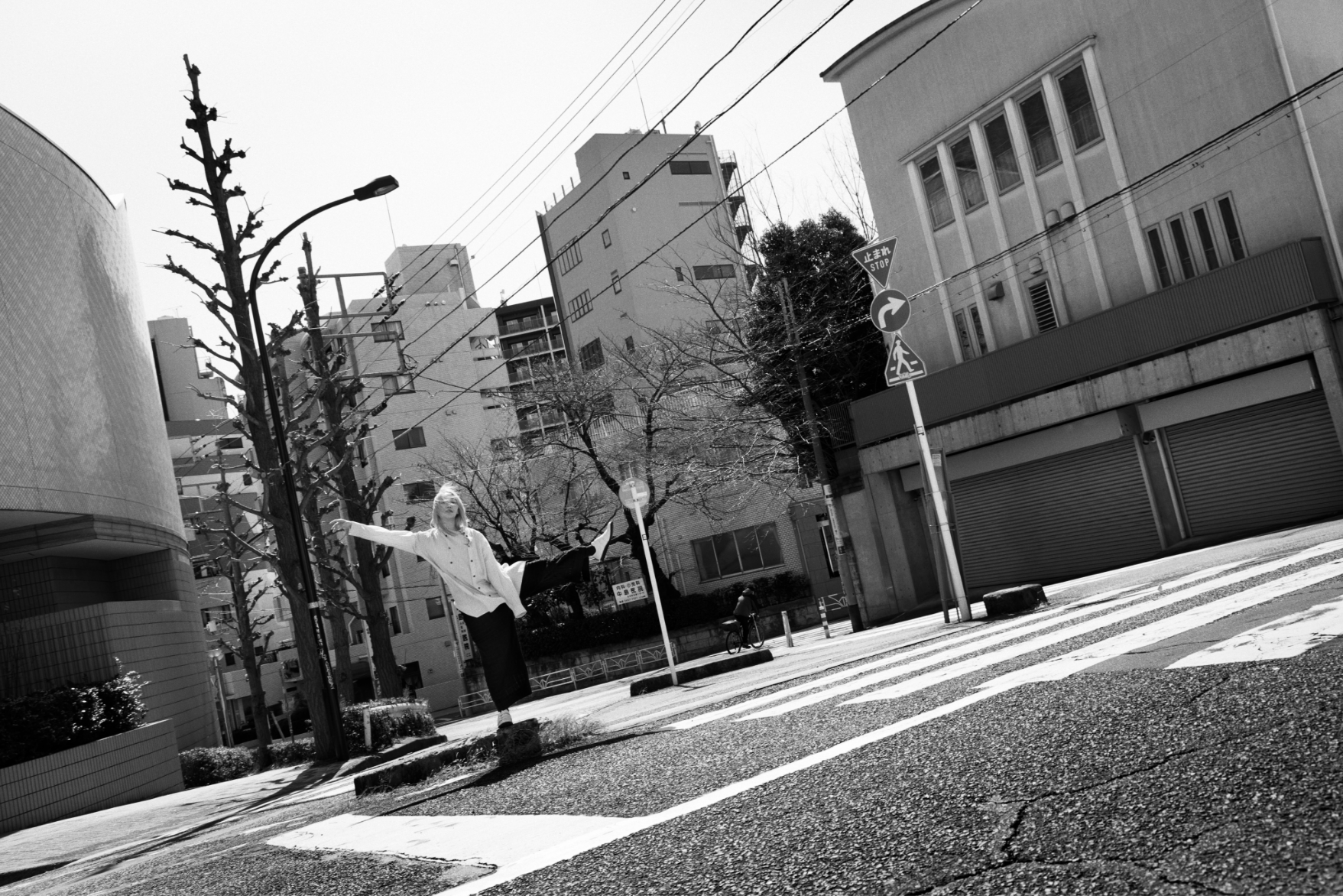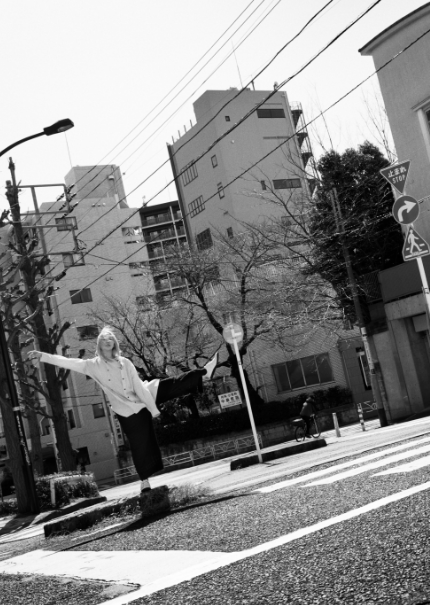- Photo
- Kazumi Kurigami
- Text
- Hirofumi Kurino
- Director
- Sato Takayoshi (OGYA inc)
- Stylist
- Keisuke Baba
- Model
- YACO, Jun Niioka(BARK IN STYLE)
In the past, photography was positioned as a tool that tells the truth, and it fixes the beauty of the moment and the emotion of the moment.…I also believed it. But is that really true? The photo is the result, and before and after it the viewer can only imagine (or misunderstand). Photographs are neither fair nor free. Sometimes they specialize or limit the object to an extreme degree. The figures of the royal nobles and wealthy people recorded in the early portraits appear to be even as proof of 'theory of royal gods' by the modern device of photography.
In other words, photography has also functioned as a tool of privilege. I can say that the person being photographed was special. Fashion was in that context until a certain period.
While the photographer became a profession, the 'place' where photography was presented was built and expanded, and it became a genre of art, the camera itself became easier to obtain, and in a sense, the democratization of photography progressed. Now, with the development and spread of smartphones, 'shooting' has become a common act. The spread of selfies, Instagram, posts, and social media is changing the way photography works. Now everyone is a photographer and a person who is photographed. People from all over the world have now become self-media than the existence of magazines and other magazines that have long been privileged as a place for presentations.
What about the profession of photographers? To put it simply by the logic mentioned above, there should be no place for traditional photographers in the era of ‘everyone photographers’.
That’s why somebody’s photos are prominent. It may be a pioneer in some ways.…。
A person writes a person. The relationship between the photographer and the subject will also be complicit. The theory of 'photographer = gun' is known by Susan Sontag, but Kazumi Kurigami (Kurigami Kazumi) refers to a kind of 'love' that exists both on the photographer and on the photographer side, apart from criticism and awareness of the problem arising from the one-sided sexuality (shooting).
The 89-year-old photographer still works energetically and phenomenally.
If I was told to express my maneuver with just one word, I would like to raise the word 'self-consciousness'. Among the vast collections of works taken by Maneuver, one is attracted to his portrait photograph. In a conversation, manipulation says, "I don't understand me." Or, while working on advertising with lots of restrictions and demands, he said, 'I'm paying a lot of money for me, so let me do it freely.' For a moment, vice versa? It can be understood that this statement, which can be taken, is still uninterrupted in operation, or the background of ordering work even if the client's own hurdle is raised.
If you're expecting results that can only be taken by Kazumi Kurigami, it's natural to leave it to you.
Takeshi Kitano has worked a lot with Kazumi Kurigami. Kitano is also a strong self-conscious person for me. And it is Yoji Yamamoto's fuck that Kitano wore as a movie costume and personally.
At first glance, Yoji Yamamoto's fuku, which looks quiet, but has a thick darkness that cannot be seen at the bottom, is more than just a fuku by starting.
And Kazumi Kurigami turns the results of the two people into a kind of magic.
The magic is displayed in a commercial facility and perceived by the viewer or the visitor. Visitors are attracted to Fuku lined up in the hall and become guests. Customers may go beyond the business relationship of simply buying and owning things.
What needs to be witnessed is thus a complicity relationship.
People make towns, towns make people, people wear people, and photographers take pictures of them with will. The photograph is made public at the museum, and people see it. At the end of the day, the town needs a house with intention.
And I was raised in this town and house.
Once, photography was positioned as a tool for speaking the truth, believed to preserve fleeting beauty or momentary emotion. But is that really the case? A photograph is a result, and what comes before or after it is left to the imagination—or misunderstanding—of the viewer. Photography is neither fair nor liberating. At times, it can exaggerate or severely limit its subject. Early portrait photography of royalty and the wealthy looks, in hindsight, like a photographic endorsement of the "divine right of kings."
In other words, photography has also functioned as a tool of privilege. To be photographed was to be special. And for a certain period, fashion operated within this framework.
As photography became a profession, and as platforms for exhibiting photos were established and expanded, the medium entered the realm of art. At the same time, cameras became more accessible, and photography was, in a sense, democratized. In the present day, thanks to the rise and spread of smartphones, taking photos has become a given. Selfies, Instagram, online posts, and social media are transforming the nature of photography. Today, everyone is both a photographer and a subject. The world's people have now become self-publishing media in their own right, surpassing even traditional magazines that long held the privilege of publication.
So what, then, of the professional photographer?
If we follow the logic above, there should be no place for conventional photographers in this age where "everyone is a photographer."
And yet, this is exactly why the work of certain individuals stands out. It may be a kind of first-mover advantage, but...
People photograph people. The relationship between photographer and subject can also be one of complicity. Susan Sontag is known for comparing cameras to guns, but beyond the criticisms and questions of asymmetry implied in "shooting," photographer Kazumi Kurigami has spoken about a kind of "love" that exists on both sides of the lens.
At 89 years old, he still shoots with astonishing energy and vigor.
If I were forced to describe Kurigami in one word, it would be "self-awareness." Among his vast body of work, it is his portraits that continue to captivate. In one interview, he remarked, "It would be a problem if people understood me."
In his advertising work—full of restrictions and demands—he is also known to have said, "You’re paying me a lot, so let me do it my way."
At first, it seems contradictory. But the steady stream of requests, and clients willing to raise their own standards to work with him, speaks to the context behind those words.
If the expectation is for results only Kazumi Kurigami can deliver, then it makes sense to leave it to him.
Takeshi Kitano is one such frequent collaborator. To me, Kitano is also a person with an intense self-awareness. And the clothes Kitano wears—both on screen and personally—are Yohji Yamamoto's.
Yohji Yamamoto's garments may seem quiet at first glance, but beneath the surface lies a rich, deep darkness, invisible to the eye. Through the wearer, the clothing becomes something more.
Kazumi Kurigami turns the result of that union into a kind of magic.
This magic is displayed inside a commercial space and sensed by the viewers—visitors to the site. Drawn by the garments on display, they become customers.
Perhaps this experience transcends the simple transactions of purchase and ownership.
Something which deserves to be witnessed thus becomes the key to a complicit relationship.
People build cities, cities shape people, people wear clothing, and photographers capture this with intention. The captured image is then exhibited in a venue, and people view it.
In the end, a city needs a venue with purpose.
And I have been raised by this city and its venue.

- Brand Name
- Y’s
- Floor
- 3F
- Official Brand Site
- https://www.yohjiyamamoto.co.jp/ys/
- TEL
- Y’s Information desk
03-5463-1503 (until April 24)

- Brand Name
- Y’s for men
- Floor
- 3F
- Official Brand Site
- https://www.yohjiyamamoto.co.jp/ys-for-men/
- TEL
- Y’s Information desk
03-5463-1503 (until April 24)

- Brand Name
- discord Yohji Yamamoto
- Floor
- 1F
- Official Brand Site
- https://www.yohjiyamamoto.co.jp/discord/
- TEL
- 03-6416-5418
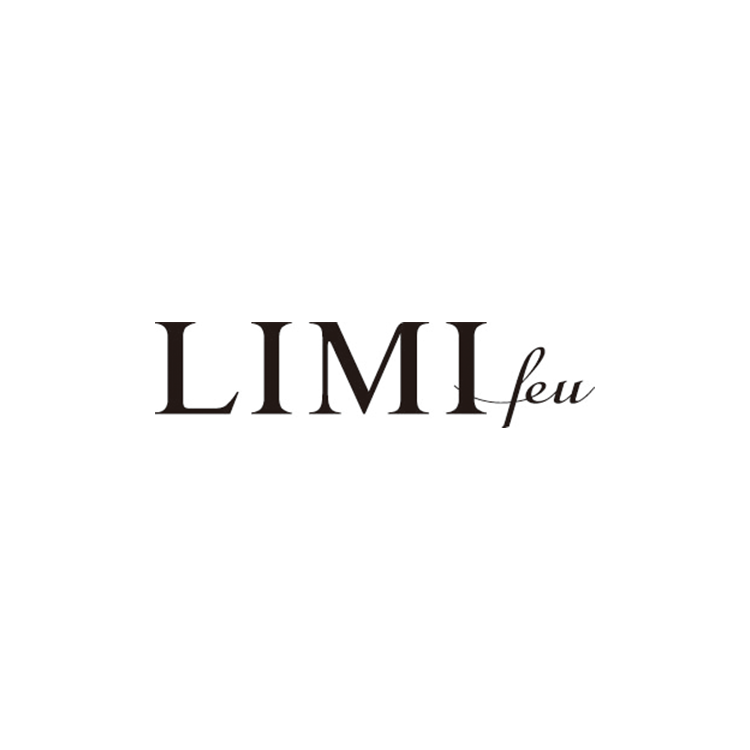
- Brand Name
- LIMI feu
- Floor
- 3F
- Official Brand Site
- https://www.yohjiyamamoto.co.jp/limifeu/
- TEL
- Y’s Information desk
03-5463-1503 (until April 24)

- Brand Name
- Ground Y
- Floor
- 2F
- Official Brand Site
- https://www.yohjiyamamoto.co.jp/groundy/
- TEL
- 03-6427-8984

- Brand Name
- S’YTE
- Floor
- 1F
- Official Brand Site
- https://www.yohjiyamamoto.co.jp/syte/
- TEL
- 03-6779-9200
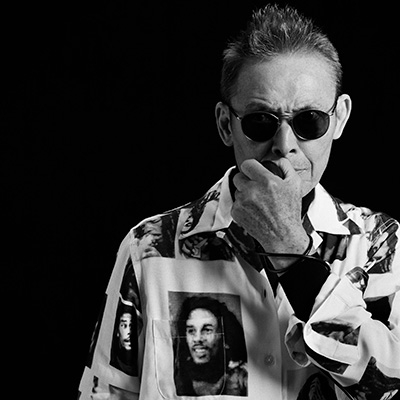
Kazumi Kurigami
Born in Furano, Hokkaido in 1936.
In the main photo book
"ALTERNATES", "Swimmers", "Sun and Bones" and "KAZUMI KURIGAMI PHOTOGRAPHS-CRUSH"
PostsESSION Yasuyuki Shuto, Northern, Diary 1970-2005, Sun and Bones II, Portrait, Self Portrait, Dedicated, April
『50,50 FIFTY GENTLEMEN OF EYEVAN』
Main solo exhibition
"KAZUMI KURIGAMI PHOTOGRAPHS-CRUSH" (Hara Museum of Contemporary Art),
"The time when it was about to become a portrait nostalgic being at the time of Kazumi Kurigami. "(Tokyo Metropolitan Museum of Photography)
「PORTRAIT」(Gallery 916)
"Lonesome Day Blues" (Canon Gallery S)
「April」(takaishii gallery)
"Kurigami88" (Daikanyama Hillside Terrace Hillside Forum)
Directed by the 2008 film "Gelatin Silver LOVE".
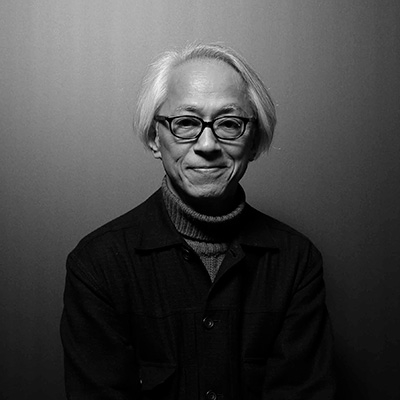
Hirofumi Kurino
Born in 1953. He studied aesthetics at university, and after graduating, he went to fashion retail.
After working for Suzuya and Beams, he founded United Arrows in 1989. Managing Director of the Company until 2008. During that time, he experienced sales, purchase, management, press and director, and eventually CCO (Chief Creative Officer).
After retiring from the board in 2008, he became a senior advisor.
Jury of LVMH Prize since 2014. This year is continuing.
'The World After Mode' is published in 2020. It is also published in Taiwan and South Korea.
